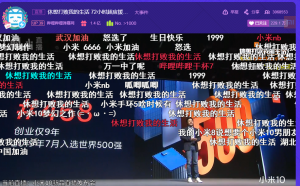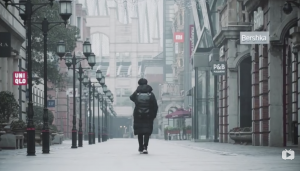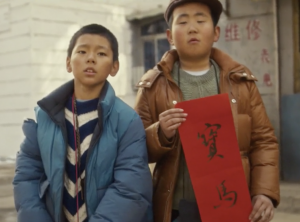
Don’t call it a comeback: “Rap of China” saw branding innovations in its third season
2017 was a breakout year for video streaming site iQiyi and hip-hop in China, thanks to iQiyi’s talent competition “Rap of China.” The show was an instant hit following its June 2017 debut, racking up more than 100 million views within four hours (reportedly a record for reality programming), and a staggering 2.68 billion views on iQiyi by the end of its 12-week run.
Having recently concluded its third season, “Rap of China” offers a model of how brands navigate China’s variety show scene, particularly the hot genre of music talent competitions, and perhaps a best-case scenario for what can happen when content falls afoul of censors in Beijing.
Premise:
“Rap of China” has been credited with bringing hip-hop and rap into the mainstream in China. It is a talent competition, but not necessarily filled with unknowns. At least in its first two seasons, the competition pitted some of the most respected rap and hip-hop artists from underground scenes around the country against one another in one-on-one battles and displays of freestyle skills. Celebrity judges, led by pop star Kris Wu, drove much of the early appeal of the show among its target audience, young Chinese of the “post-95” Gen Z demographic.
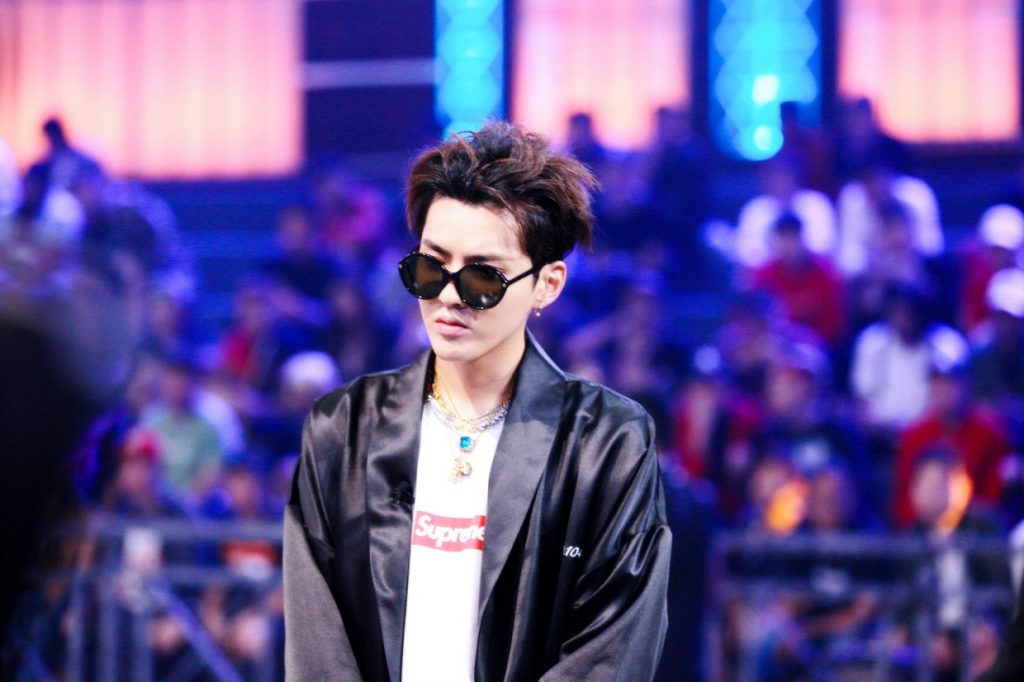
Celebrity judge Kris Wu on “Rap of China”
The concept itself was described as “kind of a gamble” by iQiyi’s commercial marketing director, Kevin Cao, with the streaming company reportedly investing more than US$30 million in the show. (Although that sum was recouped through ads and sponsorships, which brought in almost US$46 million.) The title sponsor of the first season, Nongfu Spring Vitamin Water, reportedly paid as much as RMB 150 million (US$21.8 million) to integrate the brand into the series.
Shifting Brand Presence
Brand involvement in “Rap of China” has not been static, even in its first season, and since then changes have been made that reflect the show’s popularity and political climate in China.
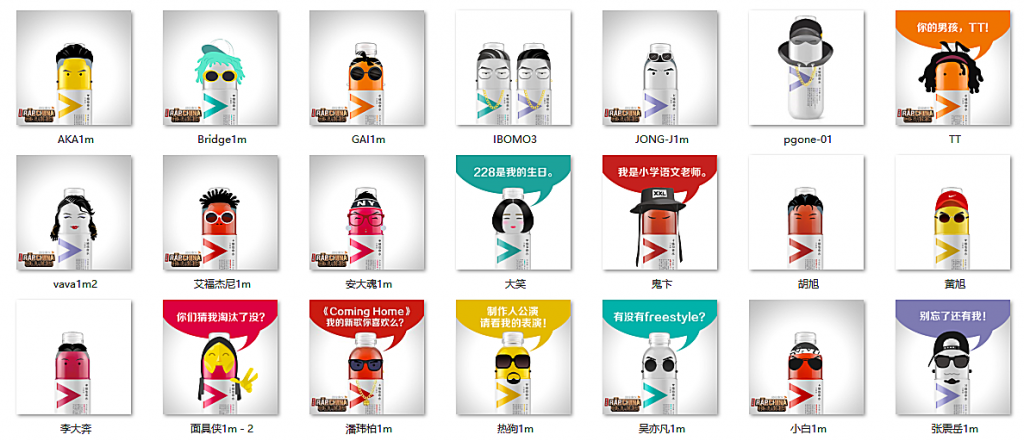
Nongfu Spring Vitamin Water bottles styled as participants from season one of “Rap of China”
Season one launched with a handful of sponsors: Nongfu Vitamin Water, McDonald’s, and Absolut Vodka were the main brands featured in the first episode. Sina Weibo was the official social media partner and streaming services QQ Music, Kugou, and Kuwo were music partners. As the show became a huge cultural phenomenon, several additional brands signed on, most notably Xiaomi mobile phones, Douyin (TikTok), and Chevrolet. According to Beijing Business News, sponsorship fees in the first season ran from RMB 30 million (US$4.4 million) for official products to RMB 150 million (US$20.9 million) for the title sponsorship. These are on the higher end for online reality programming but significantly lower than traditional TV sponsorships, which can run to several hundred million RMB for a title sponsorship. The second season was reported to have drawn twice as much in sponsorship funding, although iQiyi did not disclose figures.
Seasons two and three have seen an uptick in brand involvement, with about eight brands involved as sponsors in addition to Weibo and the music partners. This comes even as the program’s future faced considerable uncertainty in the wake of Beijing’s so-called “hip-hop ban” following season one. Ultimately, the show was allowed to go on with a change to its Chinese name and an apparent commitment by the producers to promote a more sanitized version of hip-hop culture. Sponsors in season three have used a variety of innovative techniques. Baidu UMoney leveraged the current vlog trend to tell contestants’ stories, while War Horse Energy Drink portrayed itself as a “boss” character that performers had to challenge and hosted concerts, and Clear Shampoo introduced the first interactive native video ad featuring rappers from the show engaged in a musical battle.
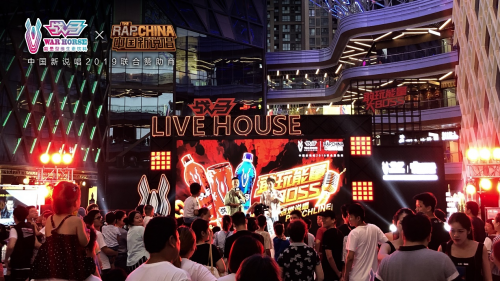
A performance at the War Horse Energy Drink Livehouse
The table below outlines major sponsors through the current season; notably, apart from social media partner Weibo and the streaming music partners, none of the other brands have been involved for more than a single season, reflecting a broader trend in Chinese entertainment for high turnover in sponsorships.
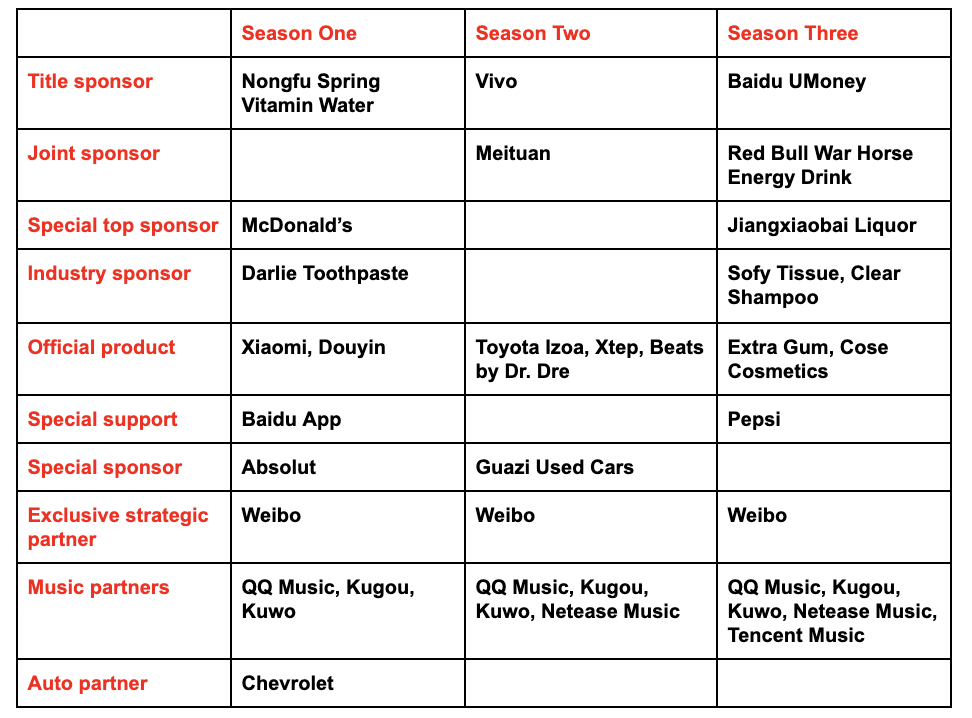
Ironically, the brand that has arguably benefited most from its appearance on the show was not a sponsor, nor did it pay to have its product featured on “Rap of China.” Streetwear label Supreme, sported by Kris Wu and other contestants on the show, has become an iconic mainstream brand among young Chinese since “Rap of China” made its debut in mid-2017.
Reception and Results
Interest in “Rap of China” remained high throughout season three, with posts tagged for the show reaching 14.3 billion views. Sponsors have seen an uptick in searches and social media activity following new episode releases, according to Media 360.
The role of the title sponsors in the first and second seasons of “Rap of China” received fairly positive reviews from viewers, in part due to how the brands aligned themselves with the show along with their real-world marketing campaigns. Third season title sponsor Baidu UMoney has not been as well-received, as the app has suffered from reputational issues due to fraud and reports of aggressive loan collection tactics.
Side Hustle: Licensing and Collaborations
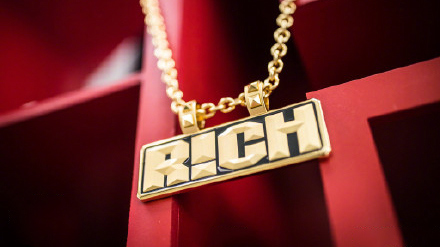
A “Rising! Chinese Hip-Hop” chain necklace
“Rap of China” has also established itself as a brand through licensing, especially around its trademark “R!CH,” which stands for “Rising! Chinese Hip-Hop.” During auditions, contestants are given large gold chains with the “R!CH” logo, and iQiyi has licensed the trademark to two major Hong Kong jewelry firms: Chow Tai Fook, which sold “Rap of China”-influenced pieces during the first season under its less expensive brand Monologue, and Chow Sang Sang, the current license holder. In total, iQiyi has seen its licensing increase from around 200 SKUs in the first season to more than 500 by the third season.
How Brands Are Placed on “Rap of China”
Brief pre-roll ads feature: A short ad often runs before the show begins.
Title sponsor : The title sponsor’s name is almost always visible, either on the on-stage backdrops or in a small banner in the lower right corner of the screen. The title sponsor’s name is also mentioned on stage.
Product and sign placement: Sponsor products and brand signage are always visible on tables or in the background during solo interview portions of the show. Most sponsor logos are bright and colorful, standing out from the overall darker set of the show. In the first season, Nongfu Spring Vitamin Water designed special packaging representing comic versions of 21 rappers that were prominently placed in many of these spots.
Traditional interstitial ads: Short ads similar to the pre-roll feature are inserted midway through the show.
Innovative interstitial ads: Another type of interstitial ad features the contestants rapping their endorsements of brands in short music video-style ads. This method follows the principle of “making content combined with the ad, and make the ad the content of the show,” to provide a more effortless type of brand integration. Brands will aim to select contestants that appear to be a good fit for their products.
Interactive native video: Clear Shampoo introduced the first interactive video ad during the third season of “Rap of China,” allowing viewers to choose which contestant they wanted to see perform an extended rap endorsing Clear products.
End credits ads: A final short set of ads runs before the end credits, with more airtime for the title sponsor.



